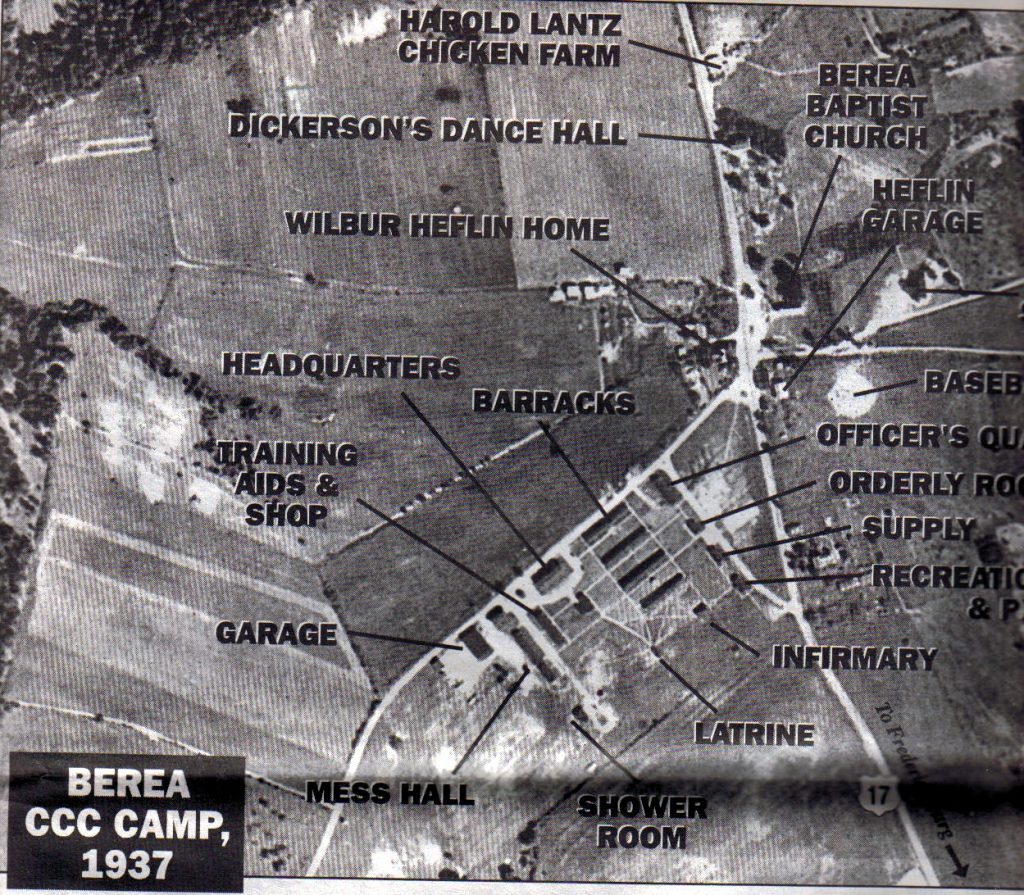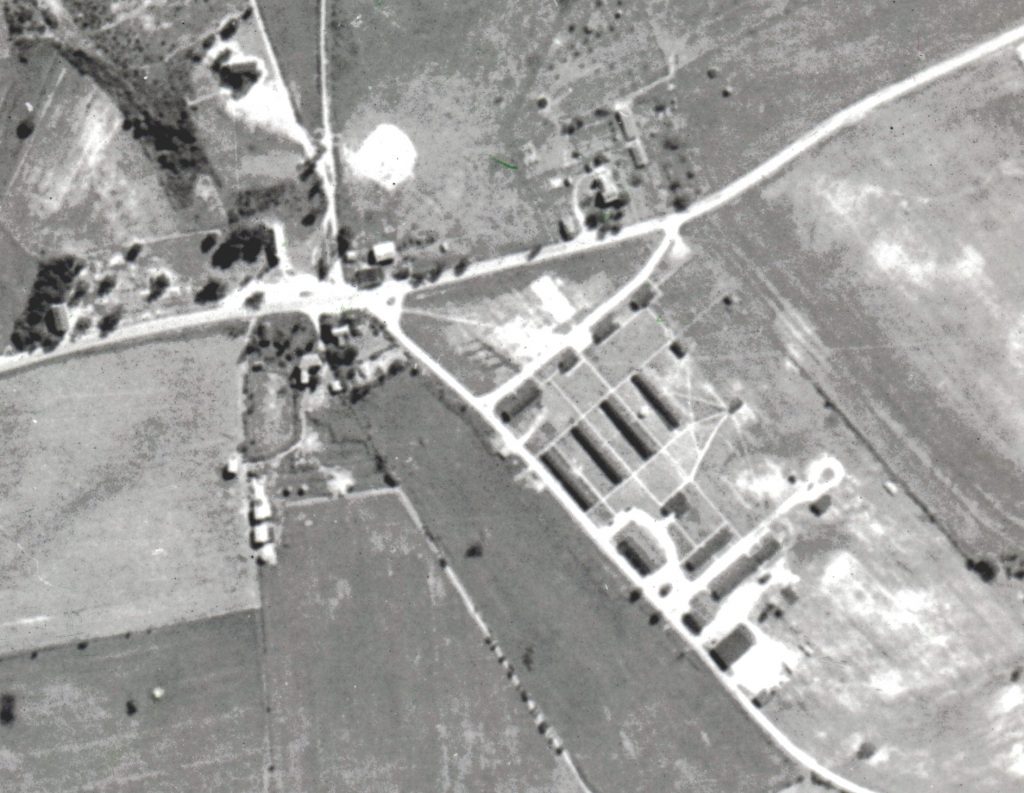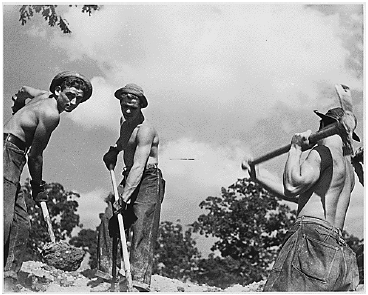Civilian Conservation Corps (CCC)
During the Great Depression many young men had difficulty finding jobs. As part of the New Deal legislation proposed by President Franklin D. Roosevelt, the Civilian Conservation Corps (CCC) was created. It was a public work relief program for unemployed men age 18-24. The program provided unskilled manual labor related to the conservation and development of natural resources in rural areas of the United States from 1933 to 1942.
This New Deal program became one of the most popular, as it provided jobs for 3 million young men whose families were on relief. During its 9 years in existence, volunteers planted about 3 billion trees and constructed more than 800 parks around the United States which became the start of many state parks. They also constructed public roadways and buildings.
A camp was established on August 7, 1935 in Stafford off of today’s Highway 17. It was located by Berea Baptist Church and was known as Berea Camp or Camp Stafford. The official name was Civilian Conservation Corps Company Number 2363, Soil Conservation Service No 11 District 3, Third Corps Area. The camp served Stafford, King George, Spotsylvania, and Fauquier counties.
When the young men arrived they were greeted with a tent camp. It was here where they spent a miserable winter. The following spring, barracks were built along with support and logistic buildings. There were four barracks, each able to hold 45 bunks. A former CCC member of Camp Stafford said, “One person’s job was to keep the coal stove burning in the cold barracks.”
Each recruit was given a serial number, fingerprinted, examined, immunized against typhoid fever and smallpox, and issued standard Army uniforms. They had to do their own laundry in camp provided washing machines, but bed linens were sent to the Sunshine Laundry in Fredericksburg. Camp Stafford even had its own post office.
The pay for each recruit was $35 a month, of which $25 was sent to his parents or designated kin. Their remaining $5 could be spent at a PX or at Dickerson’s Dance Hall which had a pool table, barbershop, dance hall, and store.
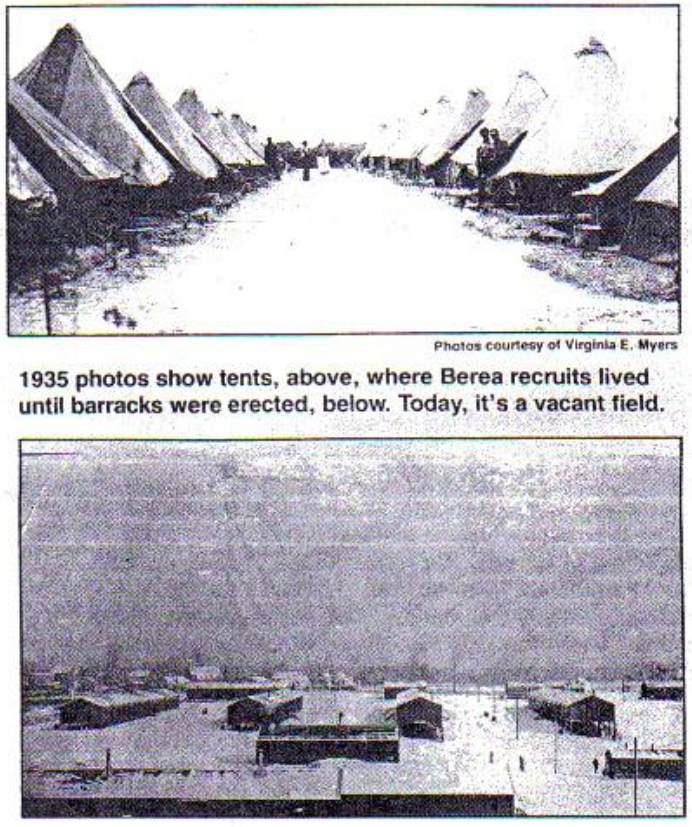
A typical day began at reveille under military supervision. After a hardy breakfast they boarded trucks and were sent on various missions. Sometimes they helped farmers with soil conservation, planted trees, strung fences, dug diversion ditches, created fire lanes, or fought fires.
If their job was located near Camp Stafford, they would be driven back to the mess hall to have lunch. If far away, lunch would be brought to them in large containers. They were fed Army-style in mess kits.
By 5 p.m. the recruits would return to camp, shower, and dress in Army uniforms. They would then head for the mess hall and have ample food.
By 1940, the camp closed. Most buildings were either moved or torn down. Today there is no evidence that the camp even existed. There is, however, near GEICO and across the street from Berea Church, a Virginia historic marker that states the importance of the CCC camp.
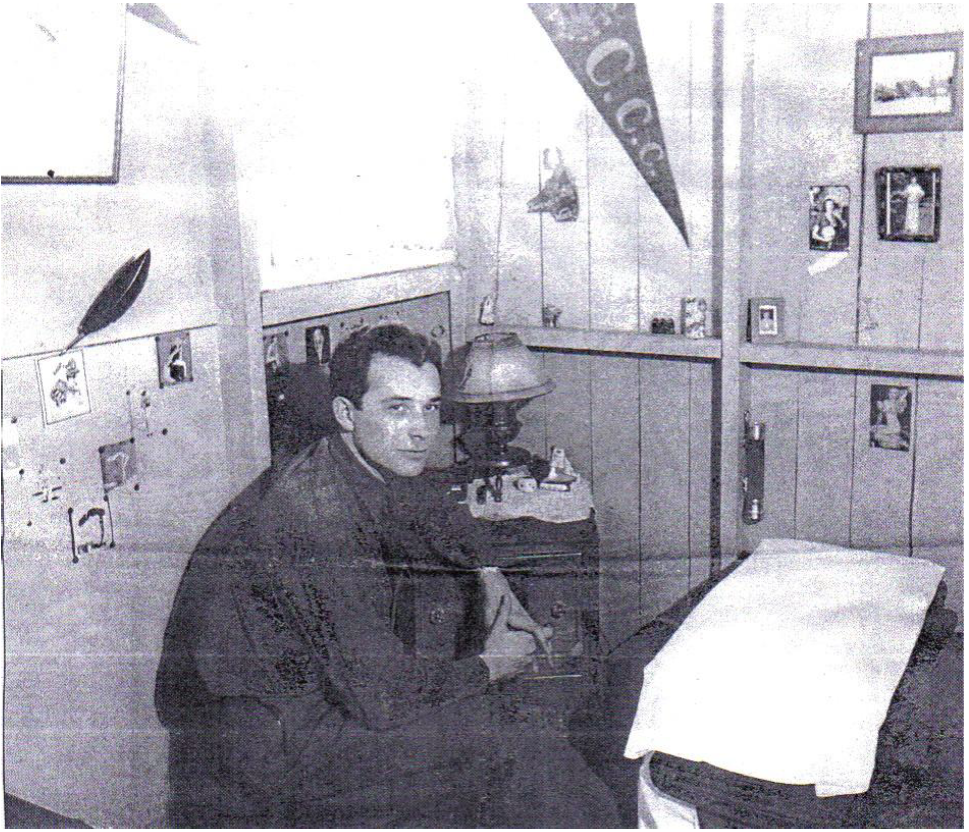
The above information is from a magazine article by Dino A Brugioni. It was written May 15, 1993 and was found in the Town and County section of the Free Lance-Star Newspaper. Mr. Brugioni, a Hartwood resident, interviewed some CCC men who remained in the Stafford area.
Aerial photos of the CCC camp in Berea 2363:
